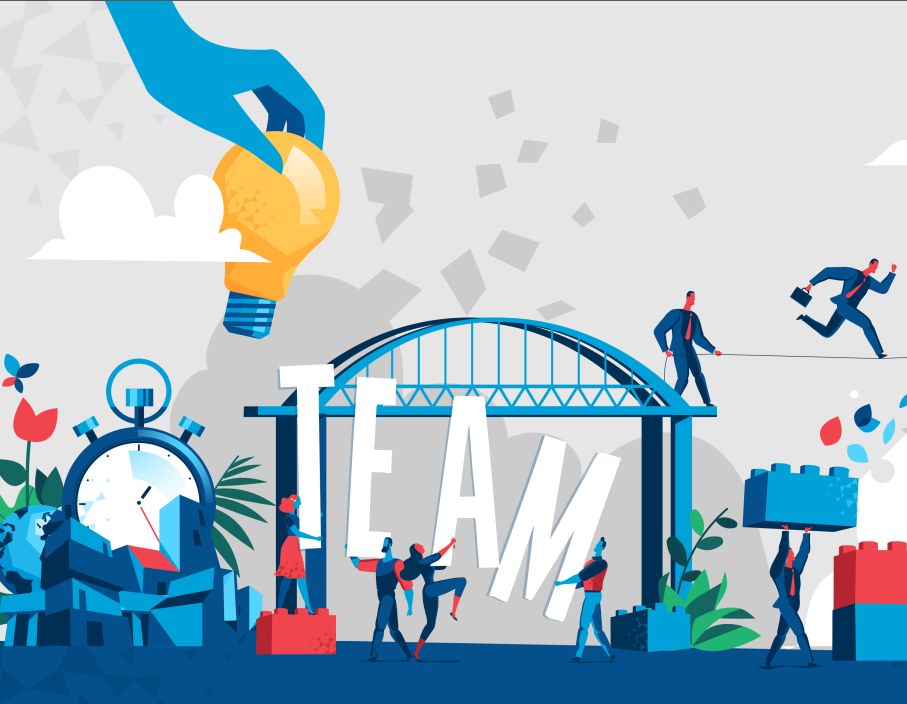
29 Apr HOW TO IMPROVE EMPLOYEE ENGAGEMENT
As a keynote speaker and futurist, I often remind folks that employee engagement has been a buzzword in the business world as of late for good reason. There’s a good reason for that: Engaged employees are more productive, innovative, and committed to their work. As we move further into the decade, the need to find ways to enhance and improve it is only going to grow. So I figure that now’s as good a time as any to talk about the future of employee engagement and what it will look like in the years hence.
Before we get started, a friendly reminder, however: The COVID-19 pandemic has drastically changed the way we work, and as I frequently point out, it’s unlikely that we will ever go back to the way things were before. Remote work has become the norm for many employees, and this trend is only going to continue. As a result, companies will need to find new ways to engage and motivate their remote workers. This may necessitate a shift in mindset and a willingness to embrace new technologies and approaches.
As enterprises continue to diversify their workforces, it will become increasingly important to personalize employee engagement strategies. This means taking into account individual differences such as personality, learning style, and work preferences. By tailoring engagement efforts to the specific needs and interests of each employee, companies can increase the effectiveness of their programs and foster a greater sense of connection and loyalty.
What’s more, technology has already transformed the way we work, and it will continue to do so in the future. From virtual reality training programs to chatbots that provide instant feedback and support, organizations will need to leverage technology to engage and motivate their employees. To do so should demand a deep understanding of the latest tools and trends, as well as a commitment to investing in the right technologies for each individual organization.
Beyond this, the pandemic has also highlighted the importance of employee well-being like never before. Enterprises that prioritize the physical and mental health of their employees will be more successful in engaging and retaining their workforce. This will require a holistic approach that includes not only traditional wellness programs, but also flexible work arrangements, support for work-life balance, and opportunities for personal growth and development.
On top of this, as the pace of technological change accelerates, employees will need to continuously learn and upskill to remain relevant and competitive. Firms that provide opportunities for continuous learning and development will be better able to engage and retain their workforce. As you think about this topic, you’ll want to consider how to go about creating a culture of learning, providing access to the latest training and development tools, and offering opportunities for career growth and advancement.



